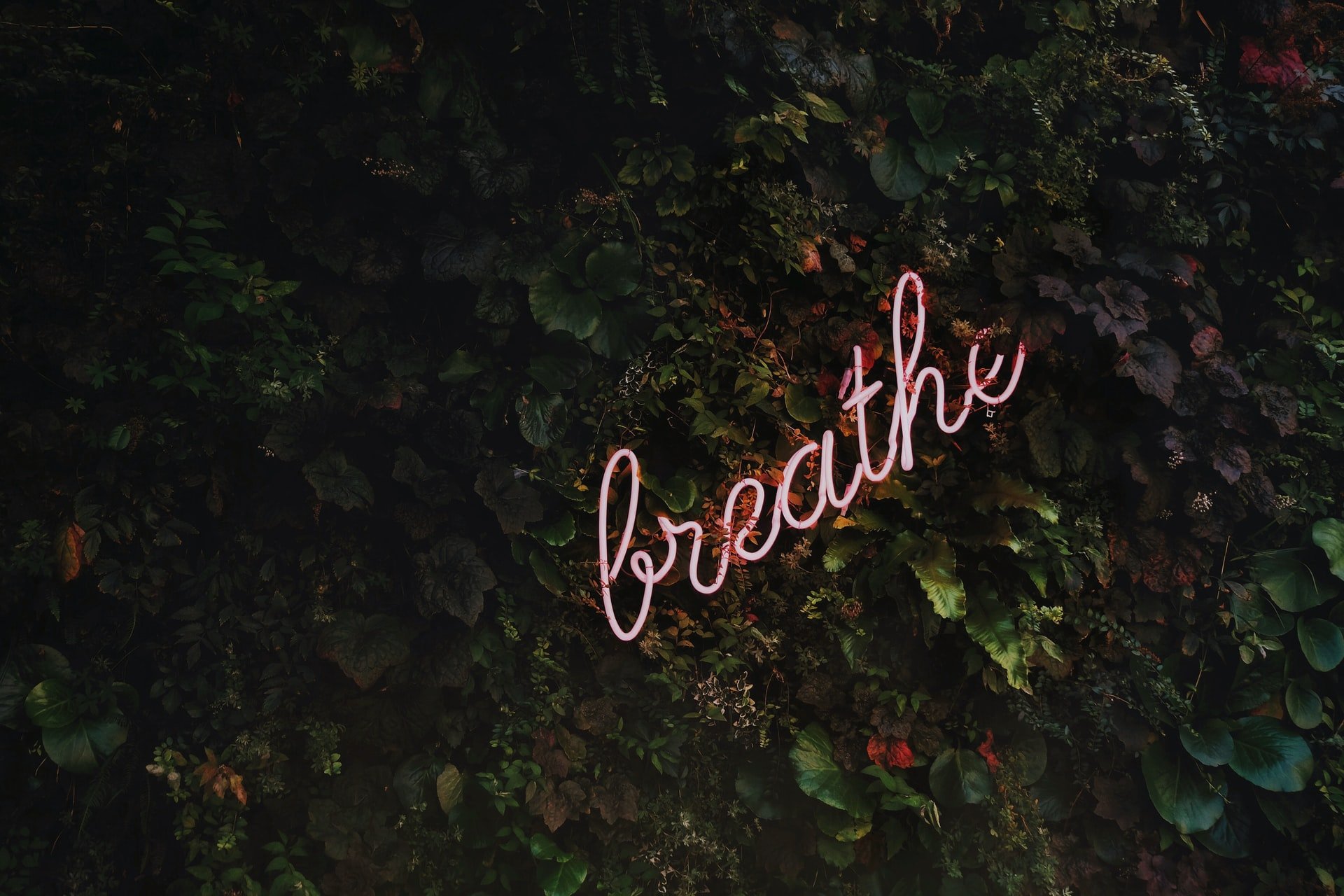
Vocal Warm Ups
Some Tips on Vocal Warm Ups
Having a strong and healthy voice is essential as an actor. Your voice is one of your strongest assets and it is absolutely trainable. You can improve your range, dynamic range, volume, lung capacity, articulation and resonance. I have listed below a great vocal warm up to do either as part of your morning routine or before performing.
You don’t always have to do the full warm up and you can vary the warm up and interchange different exercises, but this is a great base. I have split the vocal warm up into four main sections: alignment and body work, breath support, resonance and freeing the sound and articulation. I have done this as each section leads naturally onto the next; each section is a useful warm up for what follows.
Short Vocal Warm Up for Actors [20 minutes]
Part 1: Alignment/Body Work
Alignment is very important for voice. If your body is aligned and grounded it means that the sound can be released without impingement. When you are aligned, you are forced to let go of any personal habits and tensions, which in turn helps free your voice. For example, it’s going to be difficult for your vocal instrument to operate at full capacity if you’re posture is slouched and your neck is holding a lot of tension.
- Semi-Supine: Start by lying on the floor with your knees bent and place the soles of your feet flat on the floor at hips distance. You can then place a book under your head (not a huge book, just an average sized novel!) This position is known as semi-supine, and is fabulous for allowing your spine to completely rest. Now place your hands over your chest and stomach: feel the breath moving in an out, like an accordion—softly expanding and contracting. This is a great way to encourage the breath to become more centred and the spine and neck to relax.
- Helium Balloon: Now roll over to one side, and gently come to a seated position. From here, come into a crouched position and slowly unfold, rolling up the spine, until you come to standing. Now imagine a helium balloon is attached to the very top of your head, very gently and light lifting you up.
- Stretching: Now you can stretch out the entire body—this is great for freeing up the muscles and letting go of tension. Focus on your own problem areas, are you someone who carries a lot of tension in the neck, shoulders, back or even feet? You can also incorporate some Yoga practice into this part of the warm up.
- Spinal Rolls: Come back to a neutral stance (don’t forget the helium balloon) and allow your shoulders and arms to hang loosely down by your sides. Starting with the head, begin to roll down through the spine, one vertebrae at a time, until your hands brush the floor. Let your head and neck hang loose. Take a few breaths here to make sure you’ve released all the tension, and then slowly roll back up again, vertebra by vertebra, the head should always come up last. You can also trying humming softly as you rise. (if you aren’t familiar with spinal rolls, make sure to have someone show you, as it can do more harm than good if not done correctly.)
- Shoulder rolls: Most of us hold a lot of tension in our shoulders, whether it’s from sitting at a desk all day, carrying heavy backpacks or being hunched over a book. Gently rolling your shoulders is a great way to release that all-too-common tension. Again, be very gentle: start slow. If you push yourself, you can end up introducing more tension instead of releasing it. Finally, aim for circular motions: not up and down or back and forward.
- Massage: Give yourself a nice gentle massage where the jaw meets the skull, to help relax and release the muscles. remove any tensions. You can also massage your legs, arms, feet, shoulders and neck. Always be gentle, the aim is to release tension.
Tip: Throughout all these exercises, you can introduce some soft, gentle humming up and down through your range.
Part 2: Breath Support
- Breathing In and Out: Standing in actors’ neutral (feet shoulder length apart, chest out and spine nice and straight), breathe in through your nose, raising your shoulders and feeling your stomach expand. Then, breathe out through your mouth—in one big gust—dropping your shoulders. As you repeat, try to let a little more breath into your lungs each time. With each drop of your shoulders, you should feel energised … as well as a little taller.
- Fricatives: Fricatives are unvoiced sounds such as “ff“, “sh“, and “ss“. The idea is to warm up your vocal chords very gently—starting with an “ff” sound: breathe in, and then on the out breath make an “ff” sound. Depending on your lung capacity, you might be exhaling for 10 seconds, or 40 seconds, just focus on whatever stage your voice is at. You’ll find that if you do this every day, your exhales will become longer and longer. Do 3x rounds of each – “ff”, “sh” and “ss”. (You can do this standing, or in semi-supine)
- Add Sound: Now that you’ve done 3x rounds of each fricative sound, you can turn those unvoiced sounds into voiced ones. So “ff” will become “vv“, “sh” will become “zh” (as in “measure”) and “ss” will become “zz“. Again, inhale and release the sound on the exhale. Do 3x rounds of each. Now the vocal chords will be nice and warmed up, and your breath should be super grounded. (You can do this standing, or in semi-supine.)
- Sighs: And to finish up our breath support work, softly sigh out on open vowel sounds: “uh”, “ah”, “oh”, “oo”, “ee” (adding an ‘h’ in front of each can really help) Do 3x rounds of each, start soft and increase the volume slightly with each one. Again, the goal is not to be “as loud as possible” but aim for a free, relaxed sound. Pushing and trying to “project” can introduce tension to the vocal chords, which is not what we want.
Part 3: Resonance and Freeing the Voice
- Resonance scan: Take a nice deep breath, and when you exhale, hum softly and feel the resonance in various spots around your body. Try to feel vibration on your head, throat, chest, back and face. You can lightly tap these parts of your body to help focus you and release any more tension you might come across there.
- “The Red Dot”: As an extension of the above exercise, start to hum again—feeling the vibrations in your oral and nasal cavities, tickling your nose and your lips—before opening your mouth: “Mmmmmaaaaaaaaaaaaah.” Imagine, with each “Mah”, that you are painting a red dot on the wall across the room. This will free your voice, but also get you to think about projection and where your voice will need to travel when on set or stage.
- Lip Trills: Close your lips, relax them and then blow out (as if you’re blowing a ‘raspberry’) on a voiceless “p” sounds or a voiced “b” sound. You can also go up and down through your range, loosening the lips and warming up your pitch range simultaneously.
- Yawns: Yawning is a natural human tick which helps to release tension in the jaw and neck. Start by doing 5x yawns in a row, just sighing out softly on the yawn, and then you can add a bit of sound. Yawn another 5x times and make an “AH” sound on each as you exhale.
- Pitch Warm Up/Scales: Singers will know exactly how to warm up their pitch range. But actors also need a diverse range of sound. Take a deep breath in, and as you exhale hum up and down through your pitch range, from as high as you can possibly go, all the way down to as low as you can possibly go. Pause, breathe in, and then go from low to high. Repeat 3x. Again – don’t push, this is a warm up, not a “worn out”!
Part 4: Articulation
- Massage: Now it’s time to massage your articulators one at a time: softly massage the lips, the gums, the cheeks.
- Clean Your Teeth With Your Tongue: To get your tongue moving and articulating, run your tongue over your teeth: top and bottom, inside and out, front and back.
- Stretch the tongue: Stick the tongue out as far as it will go, and then pull it back in. Repeat 3x times. Now try to touch your nose with your tongue – repeat 3x. Now try to touch your chin – repeat 3x. And to finish, draw big circles with your tongue inside your cheek – do 3 circles in one direction, and then 3 in the other direction. Don’t forget to do the other cheek!
- Lion Mouth, Lemon Mouth: Open your mouth as wide as it will go, then make it as small and constricted as you can. Swap between these two states to stretch your mouth and lips.
- Tongue and Teeth Agility: To warm up the tongue and the teeth, we use the following consonants, spoken in an intricate and speedy pattern: d, g, p, t and k.
E.G. PA-PA-PA PA-PA-PA PA-PA-PA PAH.
GA-GA-GA GA-GA-GA GA-GA-GA GAH.
So on and so forth. Start slow, and eventually increase the speed, putting an emphasis on CLARITY of sound. Try to avoid speeding up, and having the sound become muddy and incomprehensible. - Tongue Twisters: to finish up, play around with some funky tongue twisters! Check them out here at our Articulation Exercises page.
Why Do A Vocal Warm Up?
Remember that doing something small on a regular basis is more beneficial than doing a big, comprehensive warm up every now and again. If you are suffering from a sore throat or any vocal issues, always warm up very carefully. For some tips on how to help a deal with a sore throat check out our natural sore throat remedy. If you’re unsure about any of these exercises, we’d rather you skip over them than try to push through. Seek out a local vocal coach if you need guidance.
An actor’s voice is so important. I hear all the time how crucial a good voice is for an actor to be successful. The voice is one of the most trainable elements of an actor’s skillset, therefore warm up as often as possible. If you work on your voice regularly, and really try to improve this invaluable asset you have as an actor, you will notice a difference in performance (regardless of whether you are a stage or screen actor.)
A quick vocal exercise to help unlock your voice [Voice Coach Gabrielle Rogers]
Want more?
We are so incredibly fortunate to have one of the top vocal coaches working with us in our StageMilk Drama Club. All members get full access to all our vocal and movement warm ups as well as 5+ hours of tutorial videos, access to the super passionate community and feedback on the work you submit each month. Come and join our monthly coaching classes, talk with industry expert, learn from live online masterclasses and group coaching sessions.



noice
the vocal warm ups sound like….. u know